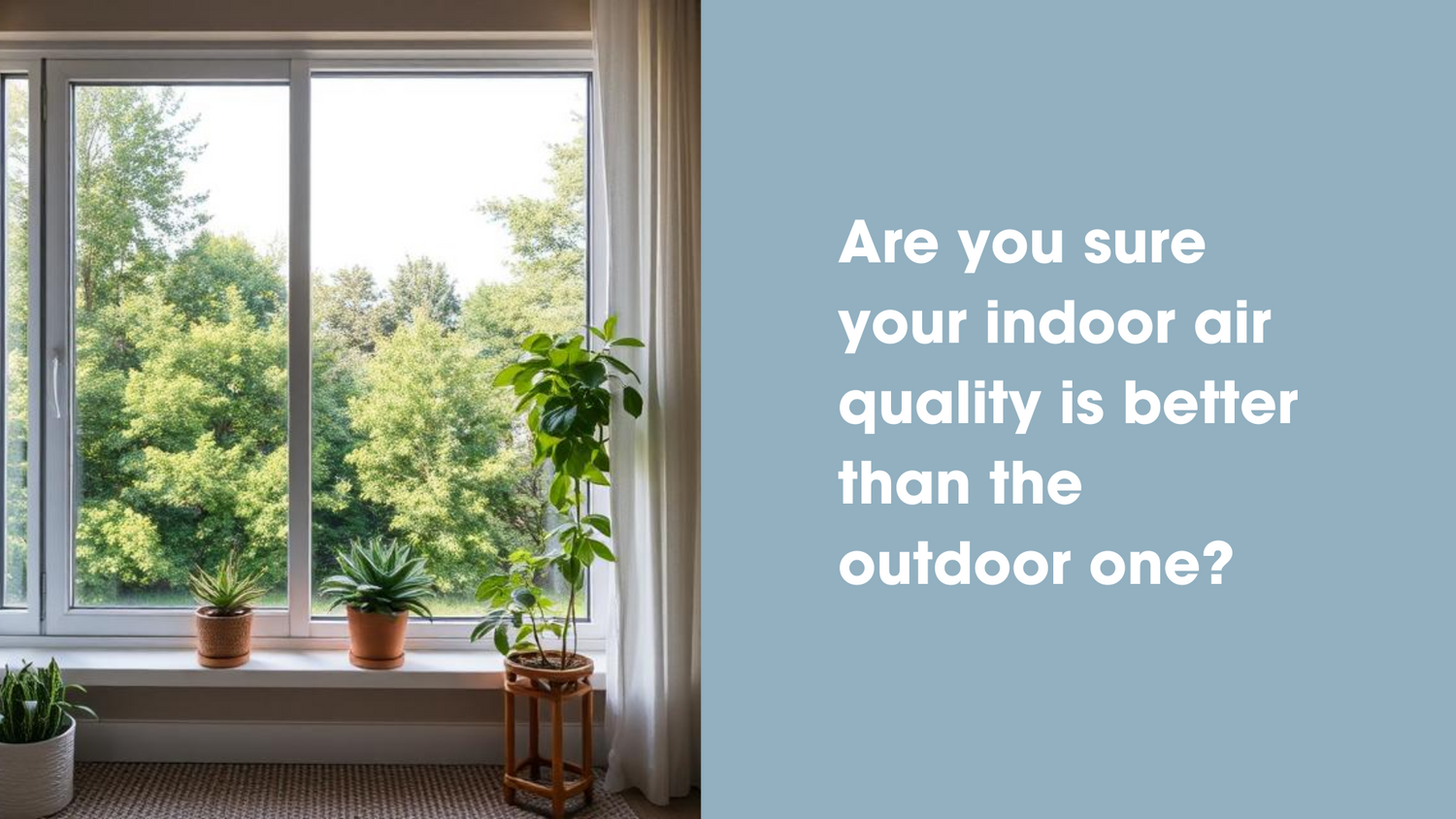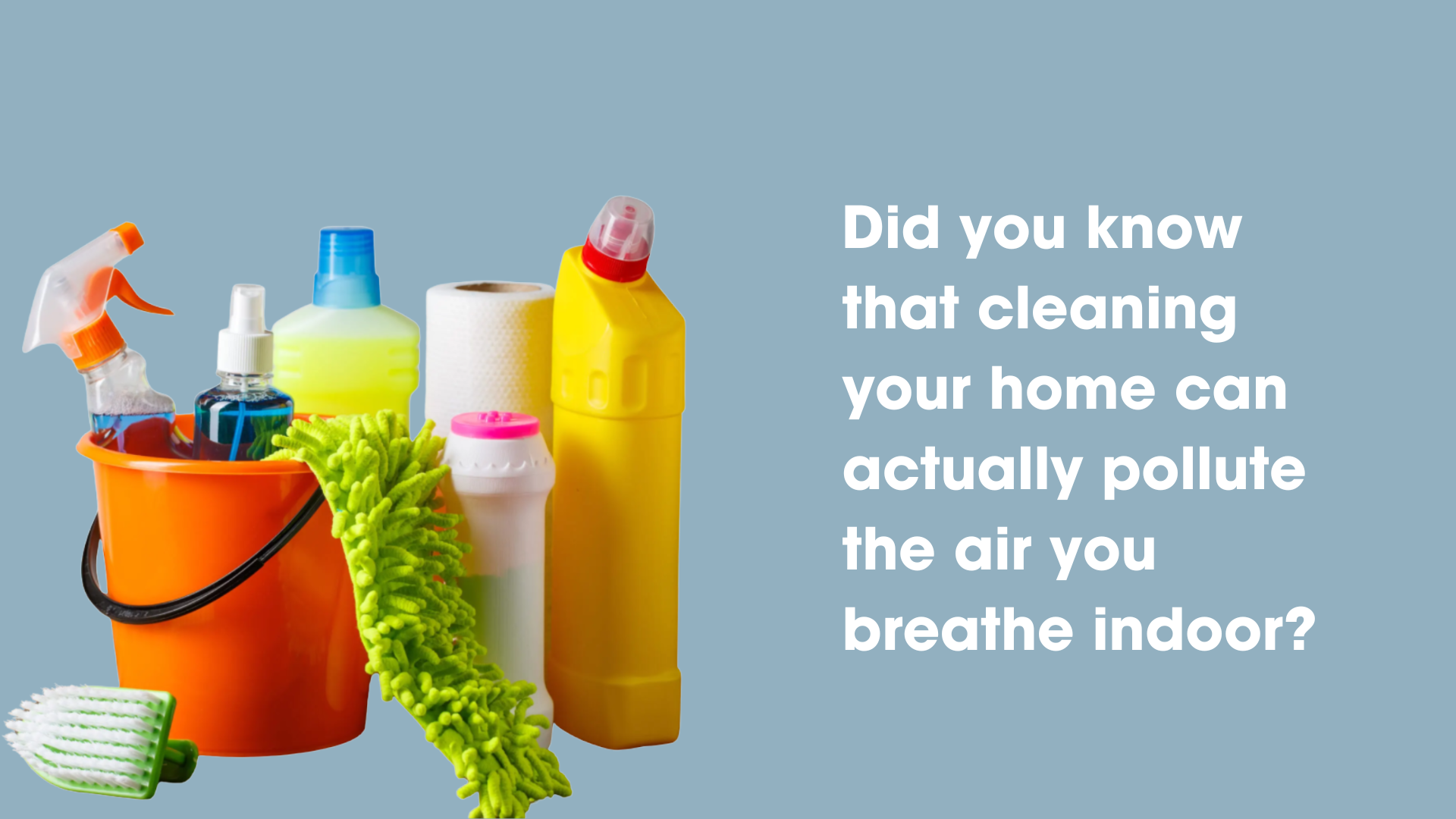A new study from the University of Birmingham reveals that indoor air pollution levels can be higher and more variable than outdoor levels, even when outdoor air quality is good.
Using low-cost sensors, researchers monitored particulate matter (PM) for two weeks, finding that one exceeded WHO’s PM2.5 limit on nine days (64% of the times). Factors such as ventilation, occupancy, and nearby sources influenced pollution levels, showing the need for household-specific monitoring. The study highlights the importance of implementing on large scale low-cost methods for improving air quality management and public health policies.
RESEARCH KEY FINDINGS
- Indoor pollution levels can be higher than outdoor levels, even when outdoor air quality is good.
- Significant variations exist between homes, some did exceed WHO’s 24-hour PM2.5 limit on nine days (64% of the times).
- Indoor air quality is influenced by multiple factors, including ventilation, occupancy, and external sources like nearby restaurants.
- Larger particles (PM10) settle faster, while smaller particles (PM1, PM2.5) remain airborne longer.
- Low-cost sensors and advanced modeling (NMF) proved effective in accurately assessing indoor PM levels.
- Household-specific monitoring is crucial, as a single measurement location cannot represent overall exposure.
THE AIR SANIFICATION PRODUCTS CAN HELP YOU IN IMPROVING YOUR INDOOR AIR QUALITY AT HOME AND AT WORK
If you suspect that your indoor air quality is not optimal, or if you simply want to take proactive measures to prevent poor air quality, we invite you to explore our Puricraft air sanitization range.
ARE YOU A COMPANY LOOKING TO DESIGN AND MANUFACTURE YOUR OWN AIR QUALITY SENSORS?
Our partner Check Up - Objects with life inside is ready to help you.
Link to the original study:
Rathbone, C.J., Bousiotis, D., Rose, O.G. et al. Using low-cost sensors to assess common air pollution sources across multiple residences. Sci Rep 15, 1803 (2025). https://doi.org/10.1038/s41598-025-85985-1



Leave a comment
This site is protected by hCaptcha and the hCaptcha Privacy Policy and Terms of Service apply.